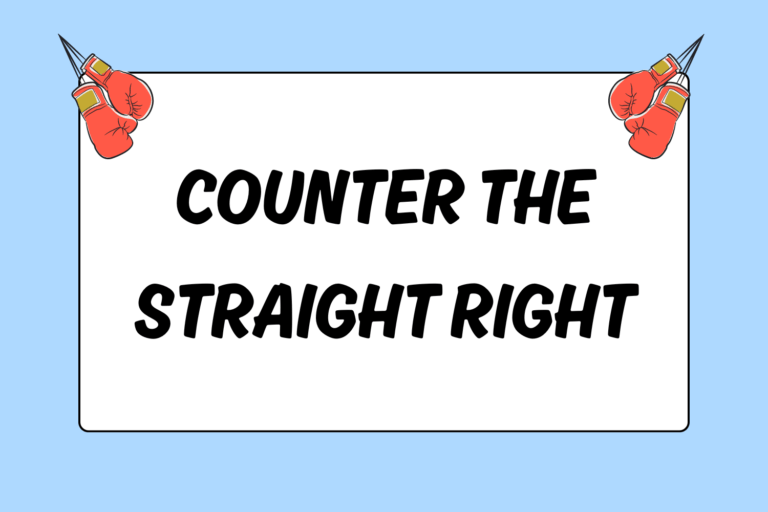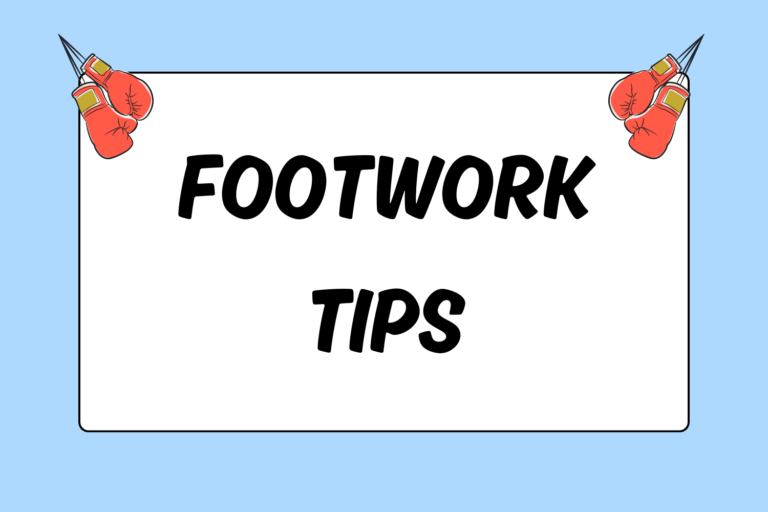Most boxers train to improve the quickness and power of their punches. Footwork, though, is often neglected during training. Effective footwork helps you avoid incoming punches and land clean punches of your own.
The agility ladder is unfamiliar to many boxers despite the obvious benefits it offers. It would behoove you to become familiar with this practical tool, though, if you want to improve your foot speed and coordination. This guide touches on the importance of incorporating the agility ladder into your training, and introduces several fundamental agility ladder drills to start you off. The agility ladder is often much more fun when you take turns with a training partner.
A Brief Description
Agility ladders vary in size and material, but most ladders range between 10 to 30 feet in length and are made of rope material and plastic. Imagine a ladder used by a painter: This metal ladder, when placed flat on the ground, sticks up several inches off of the surface. The agility ladder, in contrast, lays flat on the ground – almost flush with the surface – but otherwise looks quite similar. Most agility ladders are about 18-inches wide and have adjustable rungs so you can change the distance between each rung. Less space between each rung forces you to be in full control of your body while making precise steps.
The Benefits
All styles of boxers can benefit from better footwork. The agility ladder generally benefits the following skills when practiced consistently:
- Overall coordination
- Balance
- Foot quickness/precision
- Body control
As you continue to work with the ladder, your reaction time and ability to change directions quickly will greatly improve. As a result, you will be able to bounce around the ring with more fluidity.
Fundamental Ladder Drills
There are thousands of ladder variations that you can practice. This guide reviews some of the most basic, yet useful, drills. You will probably need to start off at a slow pace, but pick up the tempo as your coordination increases.
Hot Tip: Arm Movement
Move your arms in the same motion as you would while running as you complete each of these ladder drills. Pumping your arms improves overall coordination and makes you move through the rungs with more control. As you raise your right knee, lift your left arm. As you raise your left knee, lift your right arm. Pretty soon it will become habit and feel natural.
Fast Feet
You can practice this drill while moving forwards or backwards, but this section only discusses the forward-moving version for simplicity’s sake. Follow these steps:
- Start behind the first rung with the ladder laid out in front of you.
- Spring one foot into the first square, followed quickly by your other foot.
- Quickly advance the same foot that you initially moved into the second square.
- Explosively advance your other foot into the same square.
- Quickly move through the entire ladder in this same “1-2” pattern.
Lateral Fast Feet
This drill involves the same “1-2” motion described above, but this time you move laterally instead of forward or backward:
- Start next to the first rung with the ladder laid out to your side.
- Bounce your inside foot into the first square, followed quickly by your other foot.
- Explosively move your inside foot into the second square.
- Quickly spring your other foot into the second square.
- Move athletically through the entire ladder.
- Change directions and lead with the opposite foot.
Hot Tip: Finishing Sprint
Prepare to accelerate as you come to the end of the ladder. Once you get all the way through the ladder, complete a five-yard sprint.
One Foot Line Hops
This drill emphasizes balance, while also improving individual leg strength and quickness. Complete the drill for each foot.
- Begin by standing on one foot in front of the first rung with the ladder in front of you. You will continue this entire drill on the same foot.
- Hop diagonally and to the right, so that you’re on the outside of the rope.
- Hop from outside the ladder into the first square. Try to minimize the time between each jump while staying balanced.
- Bounce outside of the ladder again, to the right side of the second square.
- Jump into the second square.
- Hop outside of the third square and continue the drill on the same foot until you have reached the end of the ladder.
- Switch feet and complete the exercise again.
Lateral Up & Back
This drill is difficult for beginners, but works especially well to improve sport-specific footwork since you want to move quickly in all directions while in the ring. This drill mimics the footwork necessary for jab steps and feints:
- Position yourself to one side of the ladder, and point your toes towards the first square.
- Spring forward into the first square with the foot that is on the same side as the majority of the ladder.
- Promptly step into the first square with the other foot.
- Swiftly move backward out of the ladder with the foot you moved first.
- Bounce your other foot backward so that both feet are once again outside of the ladder.
- Spring into the second square with the first foot.
- Follow your first foot into second square with your other foot.
- Move promptly out of the ladder again and continue forward and backward until you have worked through the entire ladder.
- Complete the drill again from the other end of the ladder so that your other foot initiates each movement.
Hop Scotch
You probably remember playing hop scotch as a youngster on the playground. Well, surprisingly, hop scotch can improve agility. You can practice this exercise while moving forwards or backwards. The description below describes the exercise while moving forward.
- Stand behind the first rung with the ladder in front of you. Your feet should be together.
- In a single movement, bounce so that your feet land on each side of the ladder, while your torso stays over the center of the ladder.
- Hop so that your feet meet again in the first square.
- Jump forward over the second square so that your feet land on either side of the ladder.
- Hop so that both of your feet land in the second square.
- Continue until you reach the end of the ladder.
Minimizing Contact Time
Your ultimate goal throughout these drills is quickness and stability. Work to minimize the time your feet are on the ground. Stay on your toes as you take each step, and move as quickly as you can.
Initially, some of these drills may feel uncomfortable or difficult, but don’t worry: You will become much more comfortable with time and practice. Once you master a drill, move on to a new exercise. The agility ladder should never leave you bored.





